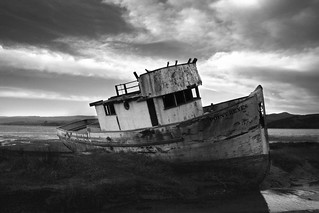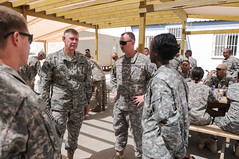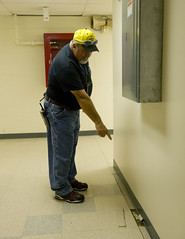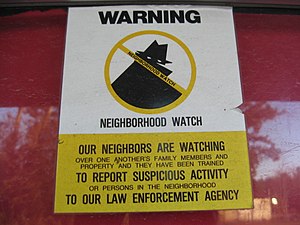For Immediate Release
Contact: Office of Councilwoman Gerrie Schipske
562 570-6932
Schipske Joins Federal CDC In Calling For
Long Beach Residents to Prepare for
A “Zombie Apocalypse” -
“If You Can Prepare for a Zombie Attack –
You Can Prepare for an Earthquake”
Long Beach, CA – In just a few short days, the good people
of Long Beach will have to face the invasion of zombies at the annual “Zombie
Walk,” reminds Councilwoman Gerrie Schipske. “October 27
th may be
traumatic for some, so I am urging residents to following the advice of the
Centers for Disease Control and get prepared.”
Schipske,
who has been working over the past 6 years to encourage residents to get ready
for an earthquake, thinks the CDC is clever in getting people’s attention by using
the popular “zombie” as a way to remind how to get ready to face any emergency.
Through a website, blog and “novella” comic book, the CDC is
urging residents to get ready for any type of emergency by posting such
messages as: “There are all kinds of emergencies out there that we can prepare
for. Take a zombie apocalypse for example. That’s right, I said z-o-m-b-i-e a-p-o-c-a-l-y-p-s-e.
You may laugh now, but when it happens you’ll be happy you read this, and hey,
maybe you’ll even learn a thing or two about how to prepare for a
real emergency.” The site (
http://www.cdc.gov/phpr/zombies.htm) also includes resources for teachers
who want to teach preparedness in the classroom.
“Getting prepared for a major emergency, no matter what type,
involves the same process,” says Schipske, who is also a Registered Nurse
Practitioner. “You need to assemble an emergency kit with things like water,
food, and other supplies to get you through the first couple of days. It will buy you some time until you are able
to make your way to an evacuation shelter or utility lines are restored. Then
you need to sit down with your family and come up with an emergency plan.
Decide where you will meet, how you will let people know you are ok, and an
evacuation route.”
Schipske has launched “Ready Long Beach” – a blog (
www.readylongbeach.blogspot.com
) and Facebook page which posts weekly tips on how to get ready for an
emergency. “I just held a community workshop ‘Let’s Get Ready Long Beach’ and
it was clear from the questions of the participants that we need to educate
residents on how to get ready in case of an earthquake.” Schipske will sponsor
another community workshop on the weekend of March 10, 2013 which marks the 80
th
anniversary of the Long Beach earthquake.
















































